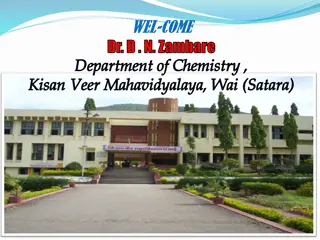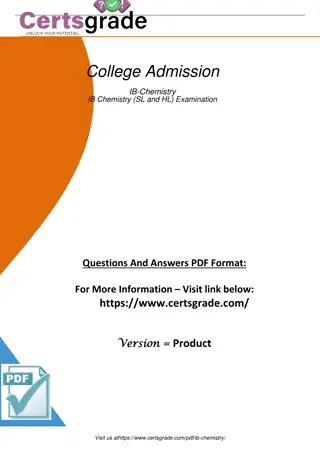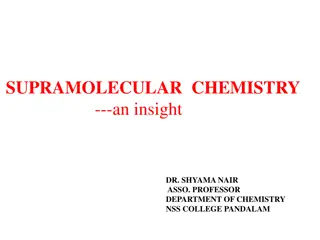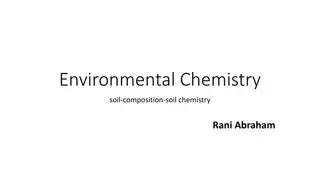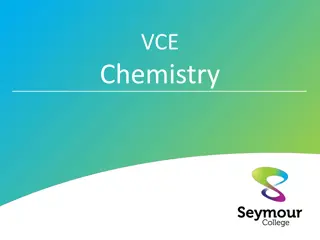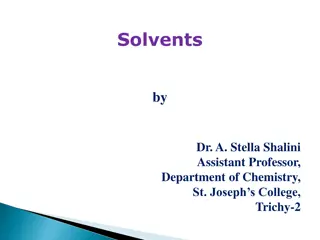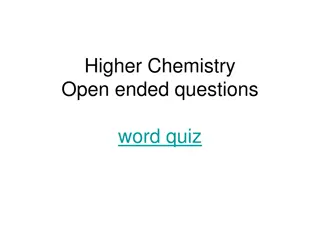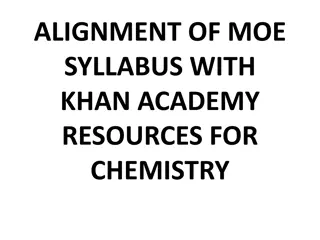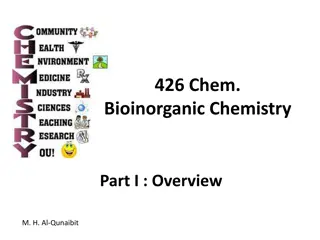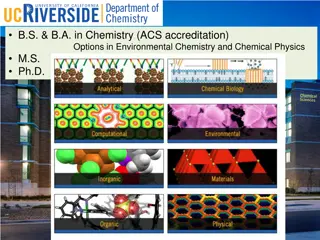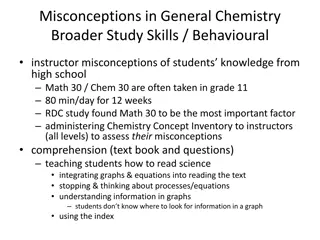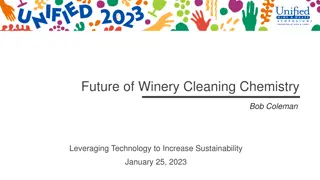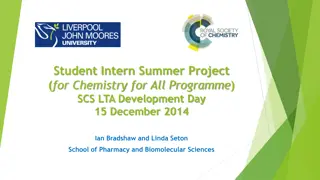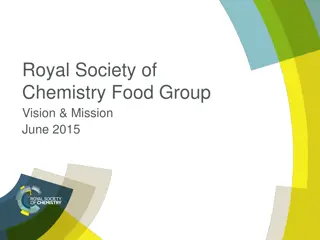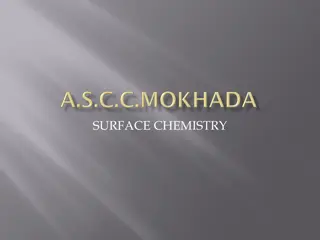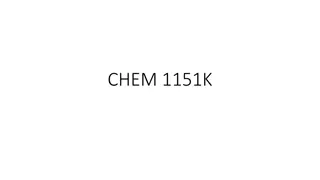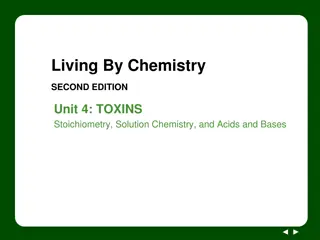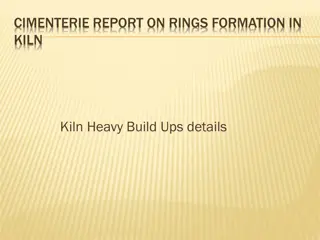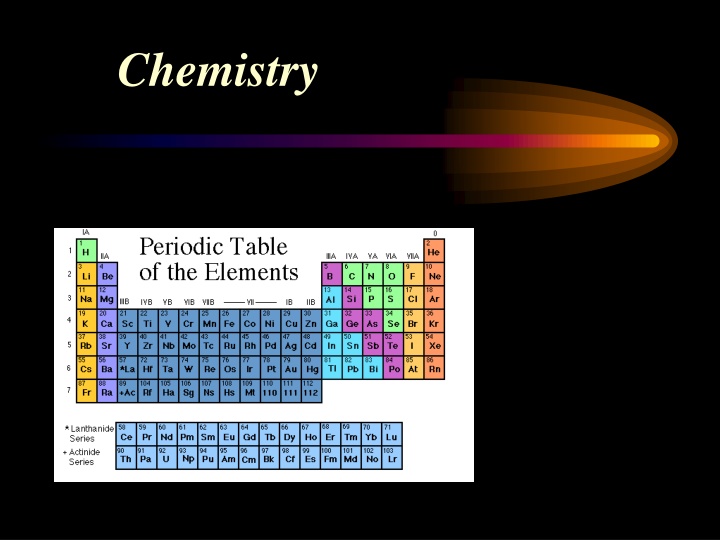
Chemistry: Matter, Elements, and Compounds Explained
Explore the fundamentals of chemistry including matter, elements, compounds, and atomic structure. Learn about the three phases of matter, elements like Carbon and Oxygen, and how compounds are formed from different atoms. Discover the composition of atoms, sub-atomic particles, and the properties of compounds in this informative guide.
Download Presentation

Please find below an Image/Link to download the presentation.
The content on the website is provided AS IS for your information and personal use only. It may not be sold, licensed, or shared on other websites without obtaining consent from the author. If you encounter any issues during the download, it is possible that the publisher has removed the file from their server.
You are allowed to download the files provided on this website for personal or commercial use, subject to the condition that they are used lawfully. All files are the property of their respective owners.
The content on the website is provided AS IS for your information and personal use only. It may not be sold, licensed, or shared on other websites without obtaining consent from the author.
E N D
Presentation Transcript
Matter Matter = any material substance with Mass & Volume
Matter comes in 3 phases Solid Gas Liquid
Solid Definite Shape Definite Volume
Liquid Indefinite Shape takes the shape of the container Definite Volume
Gas Indefinite Shape takes the shape of the container Indefinite Volume can expand and be compressed
Elements one of the 100+ pure substances that make up everything in the universe
Examples of Elements C = Carbon O = Oxygen Na = Sodium Ca = Calcium K = Potassium I = Iodine H = Hydrogen N = Nitrogen Cl = Chlorine S = Sulfur P = Phosphorus
Sub-atomic Particles Protons p+ - positive charge, in nucleus Neutrons n0 no charge, in nucleus Electrons - e- negative charge, orbiting nucleus
Drawing an Atom of Carbon 6 Atomic # = # of p+ and # of e- C Carbon has 6 p+ and 6 e- 12.011 Atomic Mass minus Atomic # = # of n0 Carbon has 6 n0
Drawing an Atom of Carbon e- e- 6 p+ e- e- 6 n0 e- e-
Compounds Compounds - 2 or more elements chemically combined to form a new substance with new properties Properties The way a chemical substance looks and behaves
Compounds Compounds are made of 2 or more different atoms combined to form Molecules O H + O H2O = H H Chemical formula lists the number of different atoms in a single molecule Structural formula shows the arrangement of the atoms in a single molecule
Molecules Glucose Sugar H H C C H OH O C6H12O6 H H C C H O H OH OH C H C OH Chemical formula Structural formula
Compounds Inorganic Compounds Organic Compounds or usually don t contain Carbon always contain C & H and usually O, N, sometimes S & P generally come from the earth originate in organisms generally simple molecules generally complex molecules
Examples of Inorganic Compounds H + O = H2O = Water H + Cl = HCl = Hydrochloric Acid C + O = CO2 = Carbon Dioxide Na + Cl = NaCl = Common Table Salt
Examples of Organic Compounds Carbohydrates = Sugars, starches & cellulose Lipids = Fats & Oils C, H + O C, H + O C, H, O, N, & sometimes P + S Proteins Nucleic Acids DNA & RNA C, H, O, N, + P
Chemistry Diga, diga, diga, diga, that s all folks!
This powerpoint was kindly donated to www.worldofteaching.com http://www.worldofteaching.com is home to over a thousand powerpoints submitted by teachers. This is a completely free site and requires no registration. Please visit and I hope it will help in your teaching.

